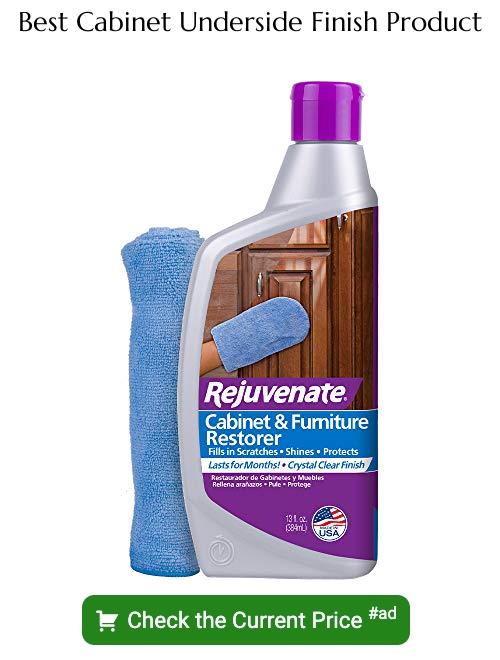Last updated on
Discover the importance of finishing the underside of kitchen cabinets and how it can enhance both aesthetics and functionality in your cooking space.
Have you ever looked up at the underside of your kitchen cabinets and wondered if they should be finished? It’s a common question among homeowners who are looking to upgrade their kitchen’s aesthetics. While some may argue that it’s unnecessary, others believe that finishing the underside of kitchen cabinets can add a touch of elegance to the overall look of your space.
In this article, we’ll explore both sides of the argument and provide you with all the information you need to make an informed decision about whether or not to finish your kitchen cabinet undersides. So let’s dive in!
What's Inside
Importance of Cabinet Finishing
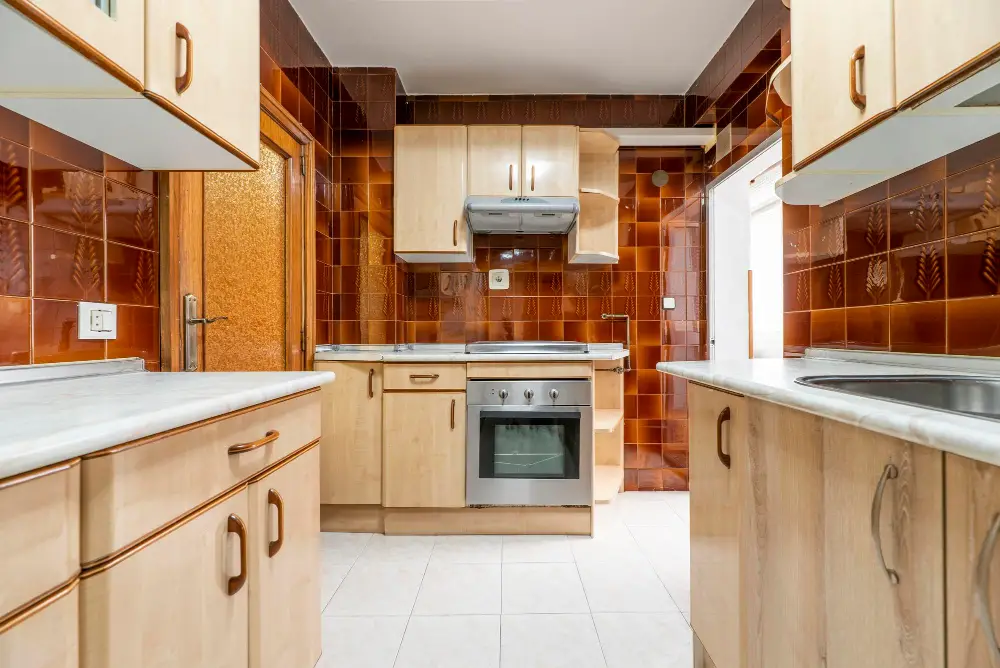
Not only does it add a touch of elegance to your cooking space, but it also serves practical purposes. Finishing the underside can help protect against moisture and humidity, which can cause warping or damage over time.
It also makes cleaning and maintenance easier by preventing dust and debris from accumulating in hard-to-reach areas.
Moreover, a finished cabinet underside is more hygienic as it prevents bacteria growth that may occur due to accumulated dirt or moisture exposure. This is especially important for those who have young children or pets in their homes.
In addition to these benefits, finishing the undersides of your kitchen cabinets can increase their durability and lifespan while adding value to your home if you ever decide to sell it.
Benefits of a Finished Underside
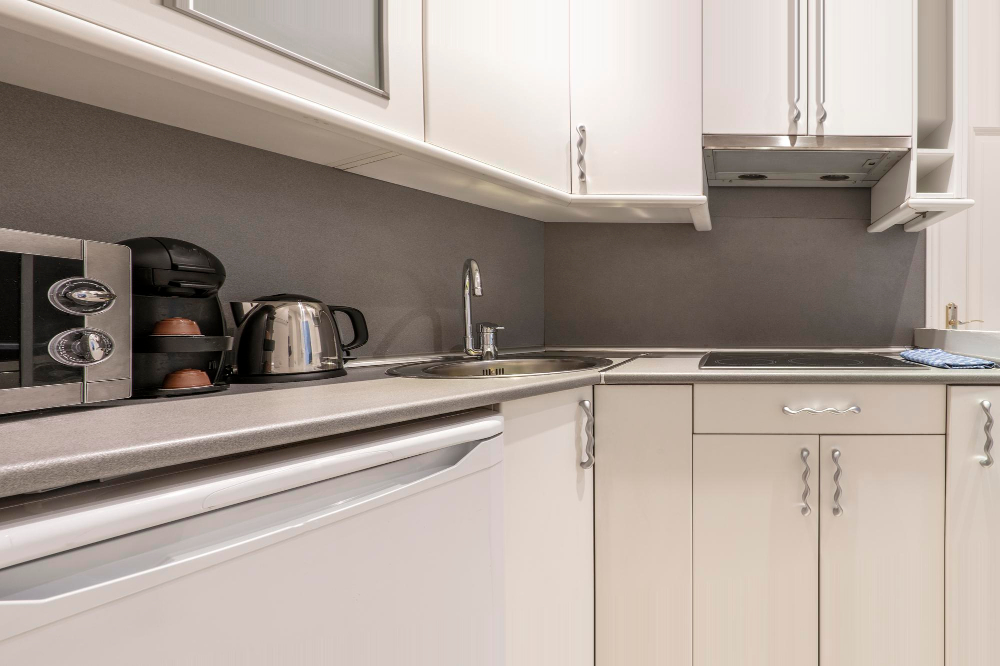
One of the most significant advantages is protection against moisture and humidity, which can cause damage to the wood over time. A finished underside acts as a barrier between the cabinet and any potential water damage from spills or leaks.
Another benefit is increased durability. The finish on the underside helps protect against scratches, dents, and other types of wear and tear that may occur in a busy kitchen environment.
Cleaning becomes easier with a finished undersurface since it prevents dust accumulation in hard-to-reach areas like corners or crevices where dirt tends to accumulate quickly. This makes cleaning more manageable while also reducing maintenance costs over time.
Lastly, finishing your cabinet’s undersides adds an extra layer of hygiene by preventing bacteria growth due to trapped moisture or food particles left behind during cooking activities.
Aesthetic Considerations

The underside of your cabinets may not be the first thing that comes to mind when you think about aesthetics, but it can make a significant impact on the overall look and feel of your space. A finished underside can add depth and dimension to your kitchen by creating a cohesive look from top to bottom.
If you have open shelving or glass-fronted cabinets in your kitchen, finishing the undersides is even more important as they will be visible from all angles. You don’t want unsightly unfinished wood or rough edges detracting from an otherwise beautiful display.
If you’re planning on selling your home in the future, having finished cabinet undersides could give potential buyers an added incentive as they’ll appreciate attention paid towards small details like this one.
Increased Durability

The underside is often exposed to moisture, heat, and other elements that can cause damage over time. By applying a protective finish to this area, you can prevent warping or cracking due to humidity changes and protect against spills or splatters from cooking activities.
A finished underside also helps prevent scratches and dents caused by cleaning tools such as brooms or mops. This added layer of protection ensures that your cabinets will last longer without needing repairs or replacements.
Moreover, if you have wooden cabinetry in your kitchen space, it’s essential to note that wood tends to expand when exposed to moisture and contract when dry. A finished cabinet underside creates a barrier between the wood surface and any potential water damage while maintaining its structural integrity for years.
Easier Cleaning and Maintenance
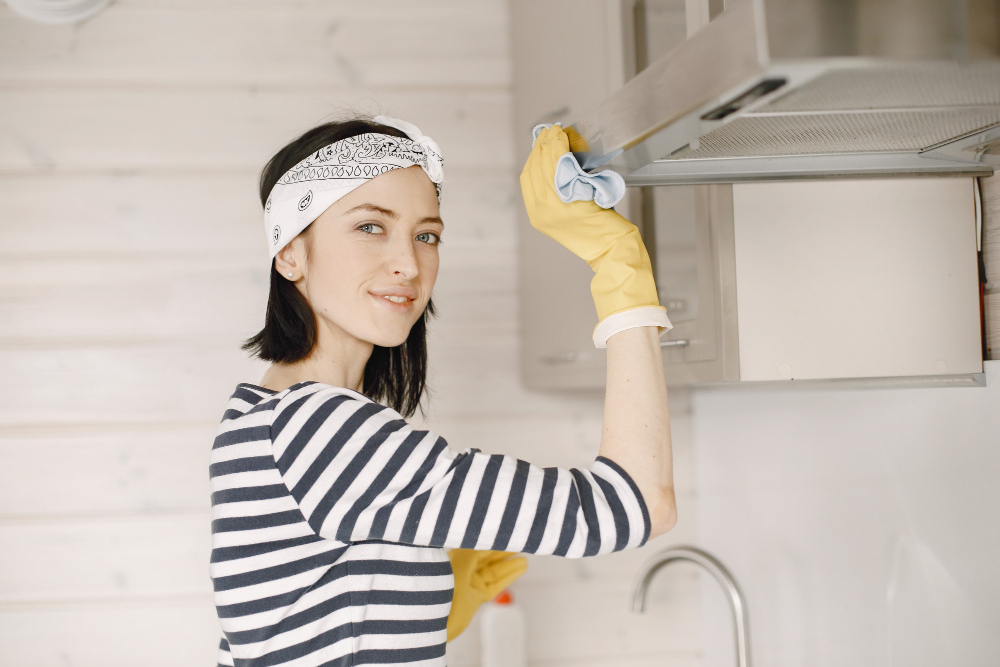
When left unfinished, cabinet undersides can accumulate dust, grease, and grime over time. This buildup not only looks unsightly but can also be challenging to clean.
However, when you finish the underside with a protective coating or paint layer, it becomes much easier to wipe down any dirt or spills that may occur during cooking or food preparation. The surface will be smoother and less porous than an unfinished one; hence there will be fewer places for dirt particles to stick.
Moreover, if you have installed lighting fixtures under your cabinets (which are becoming increasingly popular), then finishing their undersides becomes even more critical as they tend to attract dust quickly due to heat exposure from light bulbs.
Hygiene and Cleanliness
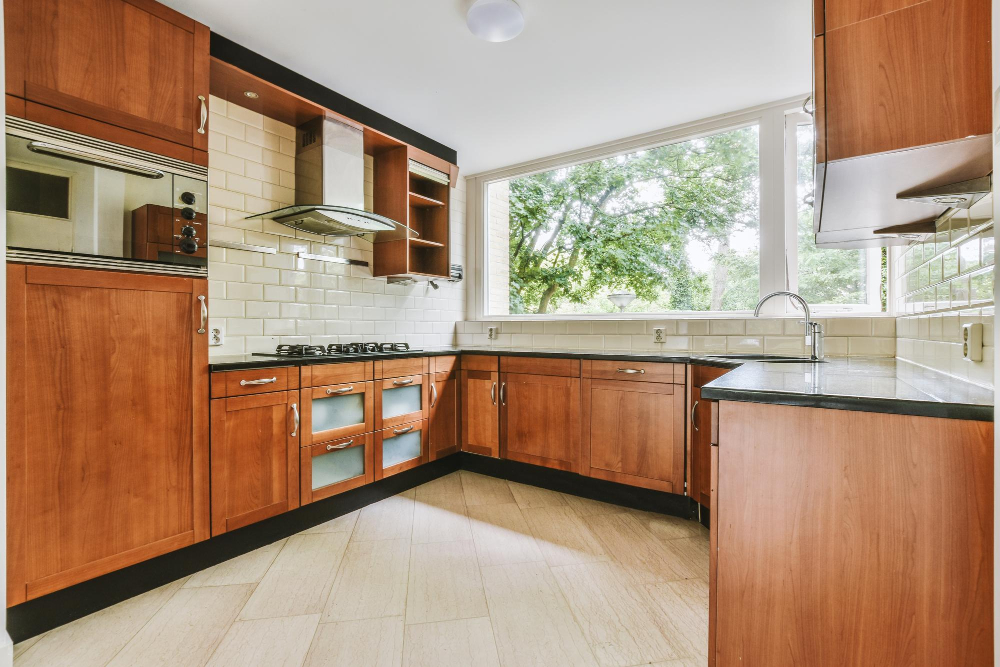
The underside can be a breeding ground for bacteria, dust, and other particles that accumulate over time. A finished surface makes it easier to clean up spills or stains that may occur during cooking or food preparation.
An unfinished cabinet underside can absorb moisture from steam generated by cooking activities in the kitchen. This moisture accumulation can lead to mold growth which poses health risks to you and your family members.
By finishing the undersides with materials such as paint or laminate sheets, you create a barrier between these surfaces and any potential contaminants while also making them more resistant to water damage.
If maintaining high levels of hygiene in your home is important to you (and it should be!), then finishing the undersides of your kitchen cabinets is definitely worth considering.
Impact On Resale Value

A finished cabinet underside can add a touch of elegance and sophistication that potential buyers will appreciate. It also shows that you’ve taken care of your home and paid attention to details.
On the other hand, if you decide not to finish the undersides, it may be seen as a negative by some buyers who are looking for a fully upgraded kitchen space. While this may not necessarily make or break a sale, every little detail counts when trying to get top dollar for your property.
Ultimately, whether or not finishing the undersides is worth it from an investment standpoint depends on various factors such as location and market trends.
Pros of Finishing Underside

A finished underside gives a polished look to your cabinets, making them appear more complete and professional. If you have open shelving or glass-fronted cabinet doors in your kitchen, a finished underside will add an extra layer of sophistication to these design elements.
Another benefit is that finishing the undersides can increase durability and longevity. The bottom surface area is often exposed to moisture from spills or cleaning products which could cause damage over time if left untreated.
By applying a protective finish on this surface area, you are adding an extra layer of protection against wear and tear.
Furthermore, having a finished cabinet underside makes cleaning easier as it prevents dust accumulation on unfinished surfaces which may be difficult to clean properly without damaging them.
There are several pros associated with finishing the undersides of kitchen cabinets including improved aesthetics and increased durability among others.
Cons of Finishing Underside

One of the main cons is that it can be an expensive and time-consuming process, especially if you hire a professional. Some homeowners may not see the value in finishing an area that isn’t visible unless you’re looking up at it.
Another consideration is that certain types of finishes may emit harmful fumes during application or when they’re exposed to heat from cooking appliances. This could potentially pose a health risk for those with respiratory issues or allergies.
Lastly, if you plan on selling your home in the future, some buyers may not appreciate or even notice this added feature and therefore won’t be willing to pay extra for it.
Cost of Finishing the Underside

The good news is that there are several options available at different price points. If you’re on a tight budget, painting or staining the underside of your cabinets can be an affordable option.
However, if you want to achieve a more high-end look and feel, investing in custom finishes such as veneers or laminates may be necessary.
The cost of finishing the underside will depend on various factors such as material choice and whether you choose to do it yourself or hire professionals. DIY projects tend to be less expensive but require time and effort while hiring professionals can save time but come with additional costs.
It’s important not only to consider upfront costs but also long-term maintenance expenses when making this decision since some materials may require more upkeep than others over time.
Cost and Budget Considerations

The cost of finishing the undersides can vary depending on a number of factors such as material choice, size and shape of your cabinets, and whether you choose to do it yourself or hire a professional.
If you’re looking for an affordable option that still looks great, consider using paint or stain. These options are relatively inexpensive compared to other materials like wood veneer or laminate.
However, if you want a more durable finish that will last longer than paint or stain alone then investing in higher-end materials may be necessary.
Another factor affecting costs is whether you decide to tackle this project yourself versus hiring professionals. While DIY projects can save money upfront they may end up costing more if mistakes are made along the way which require additional repairs later on down the line.
DIY Vs. Professional Services

While DIY projects can be fun and cost-effective, they may not always produce the desired results. On the other hand, hiring a professional service can ensure high-quality work but comes at an additional cost.
DIY cabinet finishing requires some level of skill and knowledge in woodworking and painting techniques. If you’re confident in your abilities and have experience with similar projects, then doing it yourself could save you money on labor costs.
However, if this is your first time attempting such a project or if you lack confidence in your skills, then hiring professionals might be worth considering. Professional services have access to specialized tools and materials that are necessary for achieving optimal results.
Finishing Material Options
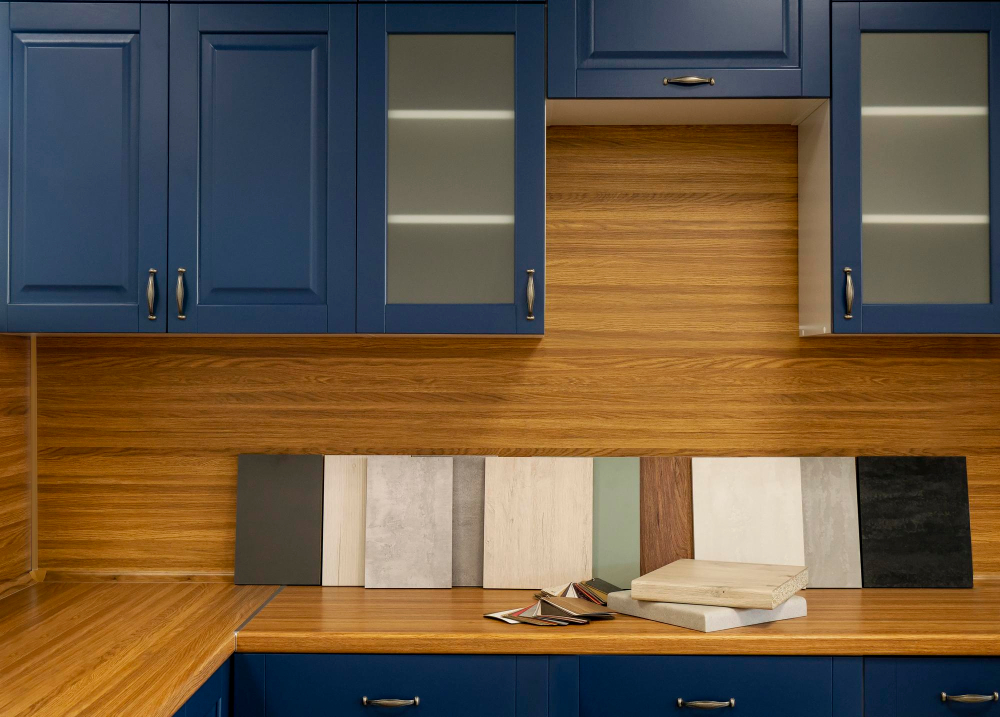
The most popular materials used for cabinet finishing include paint, stain, and laminate. Each option has its own unique benefits and drawbacks.
Paint is a versatile option that can be customized to match any color scheme or design style. It’s also relatively easy to apply and provides a smooth finish that’s easy to clean.
However, painted surfaces may chip or scratch over time if not properly maintained.
Stain is another popular choice for cabinet finishing as it enhances the natural beauty of wood grain while providing protection against wear and tear. Stained finishes come in various shades from light oak tones to dark mahogany hues but require more maintenance than painted surfaces.
Laminate finishes offer an affordable alternative with endless design possibilities such as patterns or textures mimicking natural stone or wood grains without breaking the bank on real materials like granite countertops which can cost thousands of dollars per square foot! Laminate is durable enough for daily use but may show signs of wear after years of heavy use.
Materials for Finishing
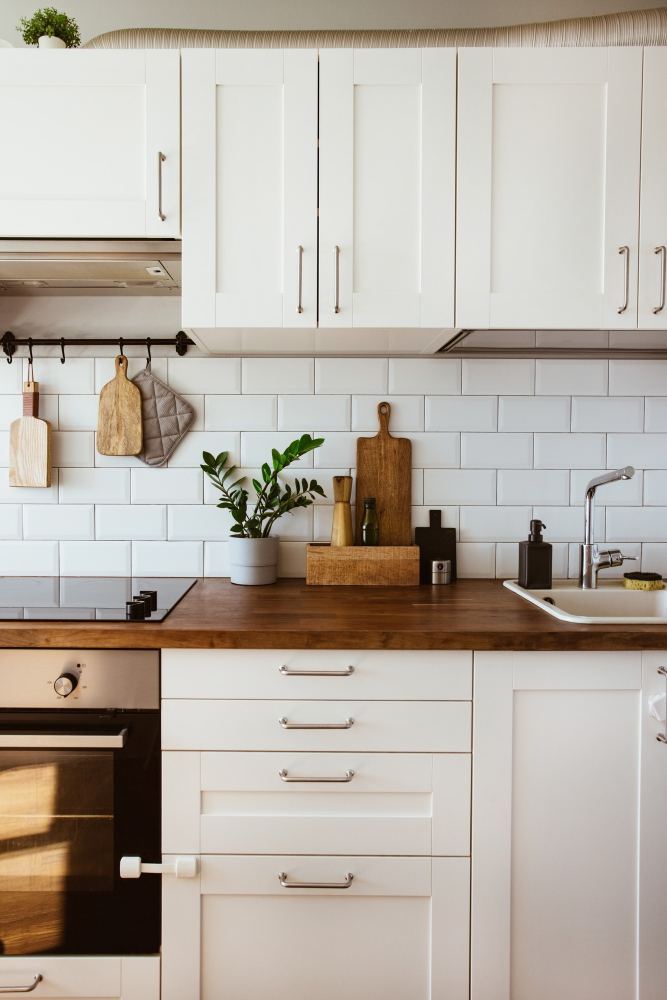
The most popular options include paint, stain, and veneer. Paint is a versatile option that allows you to choose from a wide range of colors and finishes.
It’s also easy to clean and maintain over time.
Stain is another popular choice for finishing cabinet undersides as it enhances the natural beauty of wood grain while providing protection against wear and tear. Veneer is an excellent option if you want a more durable finish that can withstand heavy use in high-traffic areas like kitchens.
Other materials used for cabinet underside finishing include laminate sheets, wallpaper or contact paper which offer unique design possibilities at affordable prices but may not be as durable or long-lasting compared with other options.
How to Properly Finish the Underside
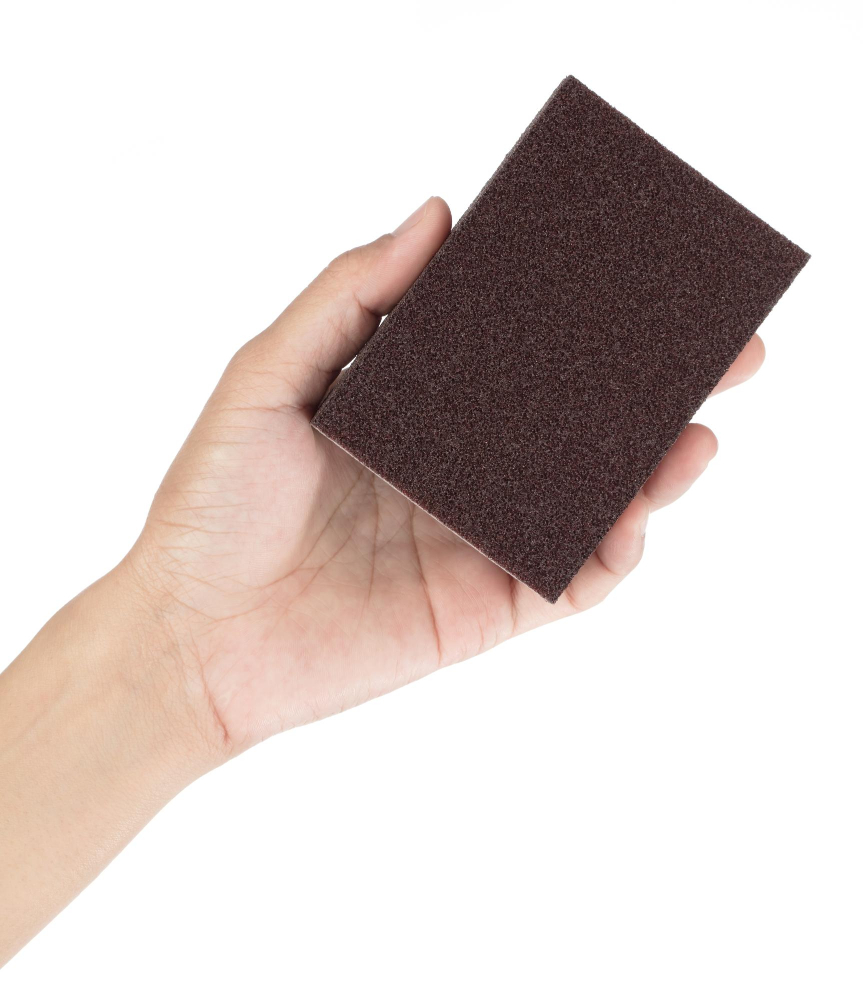
Here are some guidelines and tips for achieving a professional-looking finish:
1. Clean the surface: Before applying any finishing material, make sure that the surface is clean and free from dust or debris.
2. Sanding: Use sandpaper with a fine grit (220-320) to smooth out any rough spots on the wood.
3. Choose your finishing material: There are several options available for finishing materials such as paint, stain or varnish depending on what look you want to achieve.
4. Apply primer if necessary: If you’re using paint as your finishing material, apply a coat of primer first before painting over it with color.
5. Apply Finishing Material Evenly: Whether using paint or stain ensure that application is even across all surfaces.
6. Drying Time: Allow sufficient drying time between coats.
7. Final Coat: Once dry ,apply final coat ensuring no bubbles form during application.
Guidelines and Tips
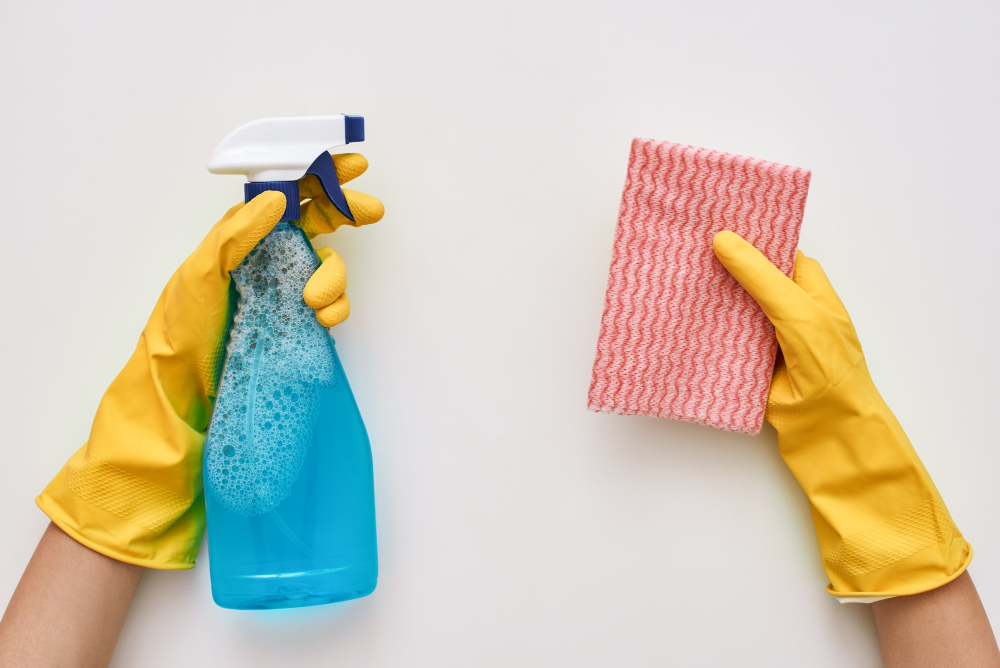
First and foremost, it’s important to properly prepare the surface before applying any finishing material. This includes cleaning the area thoroughly with soap and water or a degreaser if necessary.
When selecting your finishing material, consider factors such as durability, ease of maintenance, and compatibility with other materials in your kitchen. For example, if you have wooden cabinets on top but stainless steel appliances below them then choosing an oil-based paint may not be ideal due to its tendency to yellow over time.
Another tip is to use painter’s tape along the edges where the cabinet meets walls or countertops for clean lines when painting or staining. It’s also recommended that you work in small sections at a time rather than trying to tackle everything at once.
Make sure you allow ample drying time between coats of finish as rushing this process can lead to uneven results or even damage from sticking objects like plates etc., which could ruin all your hard work!
Common Mistakes and How to Avoid Them
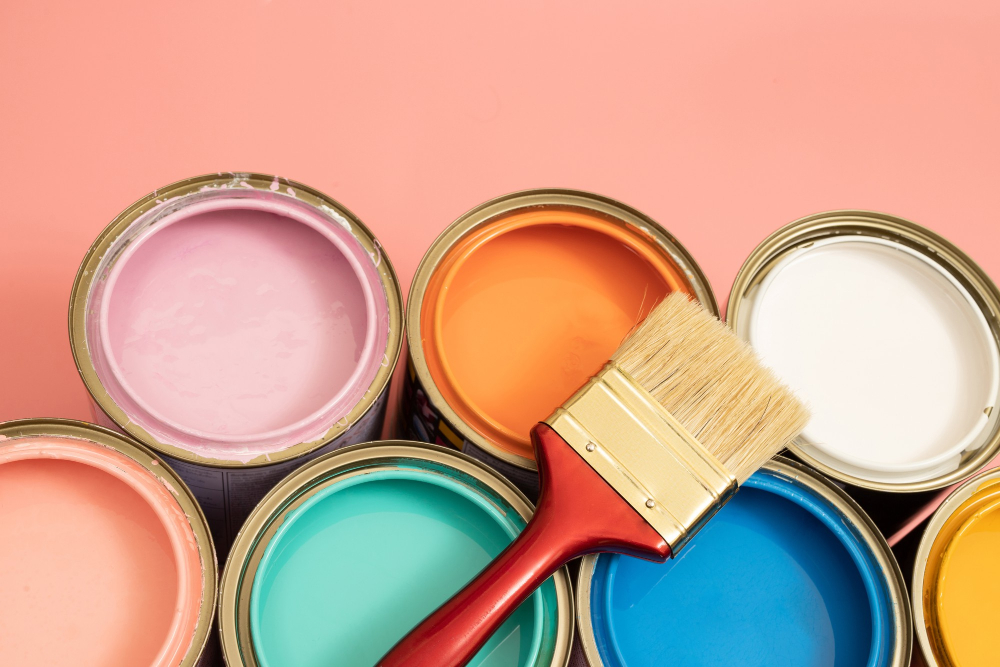
One mistake is not properly preparing the surface before applying any finish. It’s important to clean and sand down any rough spots or imperfections on the wood before starting.
Another mistake is using low-quality materials for finishing, which can result in an uneven or unattractive finish. Always choose high-quality paints, stains, or varnishes that are specifically designed for use on wood surfaces.
Many people rush through the process without allowing enough time for each coat of finish to dry completely between applications. This can lead to a tacky or sticky surface that attracts dust and dirt particles.
To avoid these mistakes when finishing your cabinet undersides:
- Take time in prepping surfaces
- Use high-quality materials
- Allow sufficient drying times between coats
Final Thoughts On Cabinet Underside Finishing
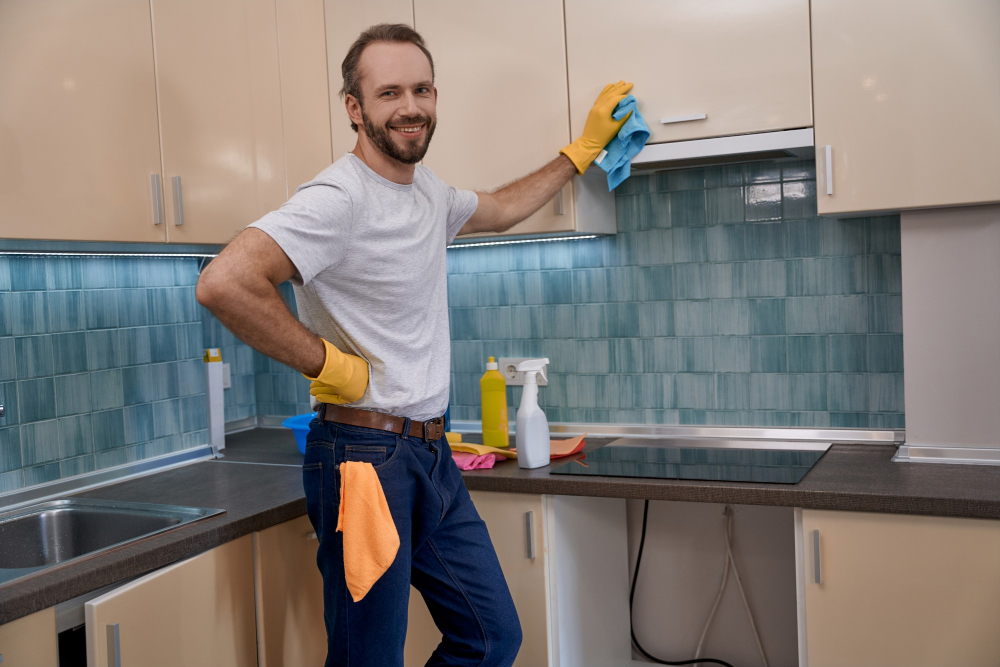
While it may not be necessary for everyone, it can add an extra layer of elegance to your cooking space and increase its resale value. A finished underside can make cleaning and maintenance easier while also improving hygiene in the kitchen.
If you decide to finish the undersides of your cabinets, there are several options available depending on materials used and cost considerations. You could choose between DIY or professional services based on skill level or time constraints.
Remember that proper preparation is key when undertaking any cabinet finishing project; this includes selecting appropriate materials as well as following guidelines for application techniques carefully.
Ultimately, whether you opt to finish the undersides of your kitchen cabinets or not should depend solely upon what works best for you in terms of aesthetics functionality needs within budget constraints – so take some time before making any decisions!
FAQ
Are the underside of cabinets finished?
The underside of cabinets is typically finished using skins and sometimes light rail molding, ensuring a consistent finish with the rest of the cabinetry.
Should the underneath of kitchen cabinets be painted?
Painting underneath kitchen cabinets is recommended for a professional finish and drywall protection but depends on personal preferences, intents, and budget.
Can you leave kitchen cabinets unfinished?
Yes, you can leave kitchen cabinets unfinished, as it often provides a welcoming, rustic, casual feel and certain types of wood offer a high-quality unfinished appearance.
What are the benefits of finishing the underside of kitchen cabinets?
Finishing the underside of kitchen cabinets provides a polished appearance, protects the wood from moisture and wear, and makes cleaning easier.
How does finishing the underside of cabinets affect their overall aesthetic appeal?
Finishing the underside of cabinets enhances their overall aesthetic appeal by providing a polished and uniform appearance.
What materials or techniques can be used to finish the underside of kitchen cabinets?
Various materials and techniques can be used to finish the underside of kitchen cabinets, such as applying laminate, veneer, or painted moldings.
